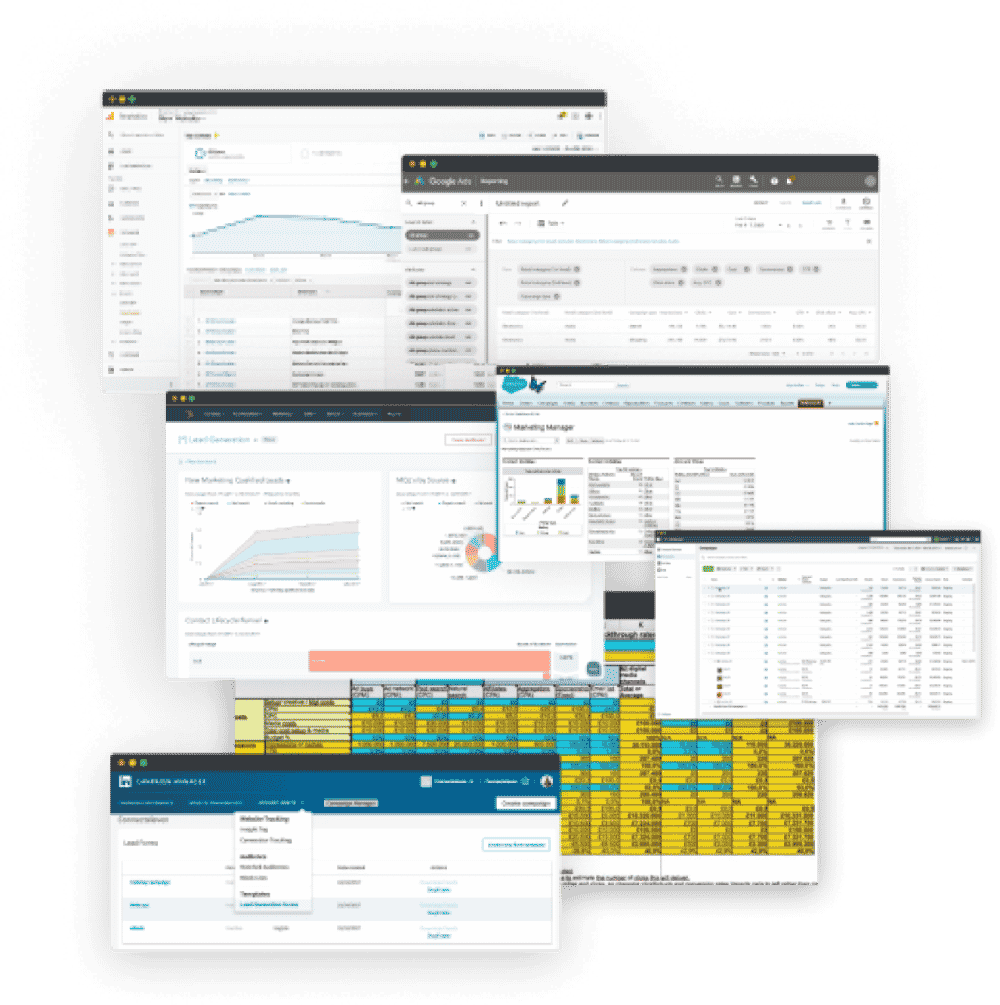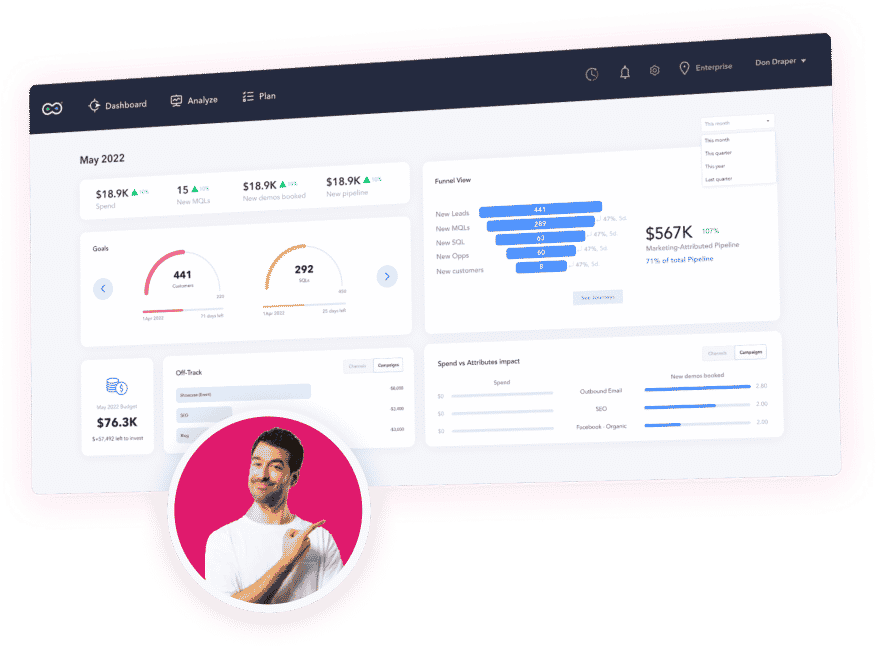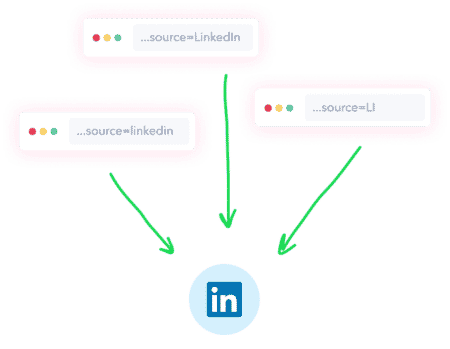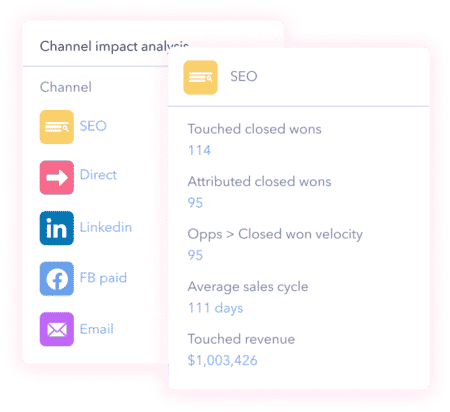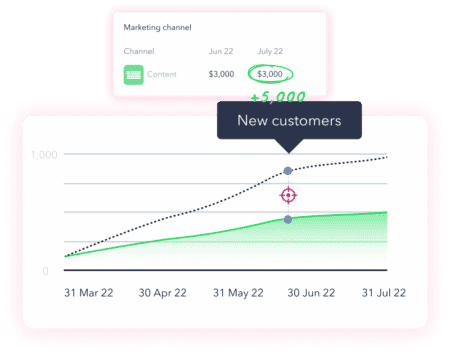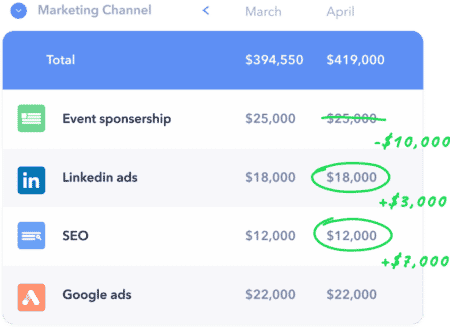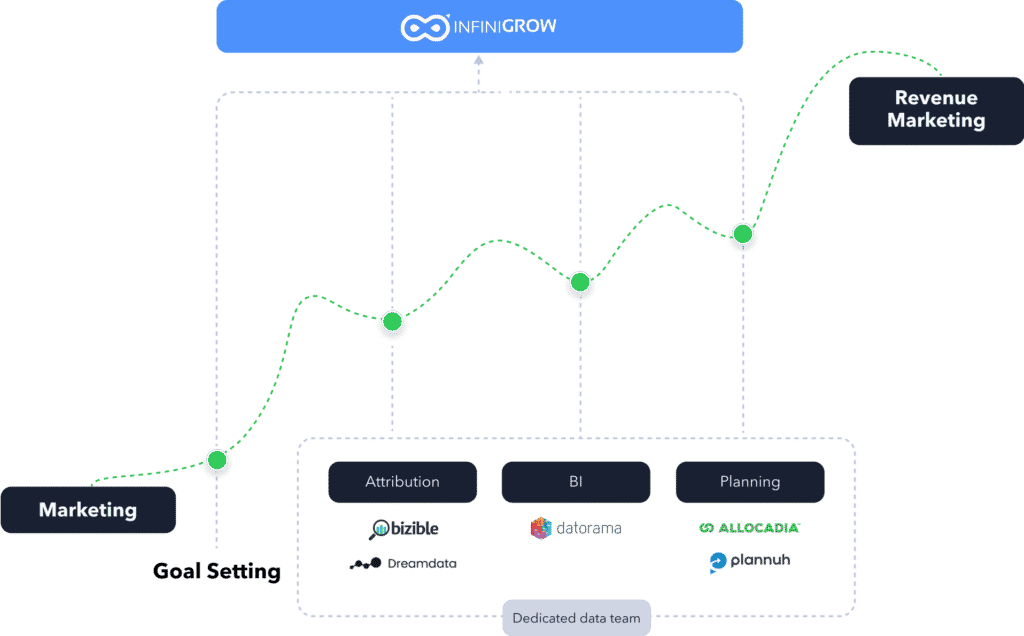Why revenue marketing is
The future of B2B marketing
B2B marketing has been a shot in the dark. Back in the Don Draper era of marketing, marketers simply ran ads, and looked at revenue hoping for a spike. If sales went up, you did well. It wasn’t data-driven, and it was far from ideal, but marketers were aware of their limitations and measured their success through correlation to revenue.
With advances in technology and the emergence of the internet came the era of “data-driven” marketing. And with it, the promise of digital measurement.
With the rise of online platforms, marketers began to invest their budgets across many different channels, and they suddenly had access to many new data points. But instead of becoming more revenue-driven, they regressed. The more complex their data became, the more they relied on metrics that didn’t actually correlate to what truly matters: revenue.
Even today, with access to an abundance of data and advanced tools, most B2B marketers still rely on outdated spreadsheets, manual processes, and lots of guesswork to guide their budget decisions.
The solution: revenue marketing.
With revenue marketing, marketing activities are oriented toward real results in a predictable and measurable manner.
After adopting this methodology, marketing leaders can make better budget and marketing decisions that contribute to their company’s bottom line. This way, marketing finally gets a seat at the table.
The solution: revenue marketing.
With revenue marketing, marketing activities are oriented toward real results in a predictable and measurable manner.
After adopting this methodology, marketing leaders can make better budget and marketing decisions that contribute to their company’s bottom line. This way, marketing finally gets a seat at the table.





